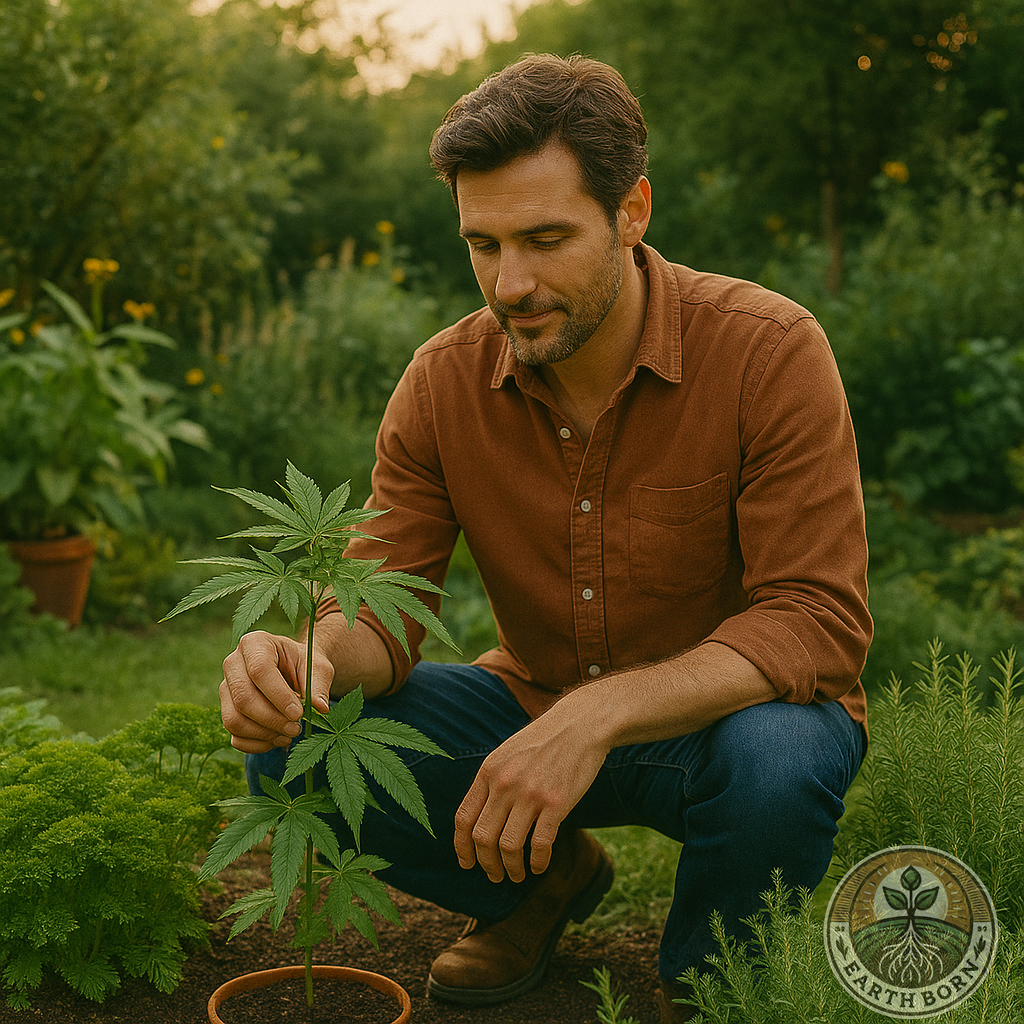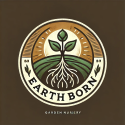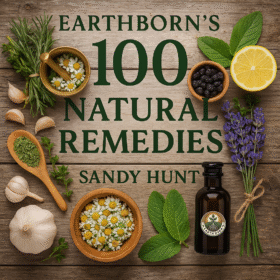
🌱 Intro
🌱 Introduction and history
Cannabis sativa, often called Marijuana or Hemp, is a remarkable annual herb belonging to the Cannabaceae family. Originating in Central Asia, it is among the oldest cultivated plants on Earth, valued for thousands of years as a source of fibre, food, and medicine. In contrast to its close relative Cannabis indica, Sativa grows tall with narrow leaves and produces uplifting effects when used.
Despite its rich heritage, Cannabis sativa became the target of prohibition campaigns in the 20th century. In South Africa and worldwide, strict bans were imposed under pressure from international treaties and moral crusades against its psychoactive properties. These laws deeply affected communities who had grown and used cannabis for generations. However, decades of advocacy by patients, researchers, and traditional growers have led to significant reforms. Today, personal cultivation and use of cannabis are decriminalised in South Africa, although commercial production remains tightly regulated.
💊 Medicinal Benefits
Cannabis sativa contains powerful cannabinoids, mainly THC and CBD, that contribute to an impressive range of medicinal properties:
- Pain Relief: Used to manage chronic pain and inflammation.
- Anxiety and Stress Reduction: Known for mood-lifting and calming effects.
- Appetite Stimulation: Beneficial for people undergoing treatments like chemotherapy.
- Anti-inflammatory: Helps soothe arthritis and muscle pain.
These benefits differ slightly from Cannabis indica, which is more sedating and body-focused, while Sativa is generally energising and clear-headed. Always consult a healthcare professional before use.
The flowering tops, or buds, of female Cannabis sativa plants are the primary parts used medicinally, as they contain the highest concentrations of cannabinoids like THC and CBD. The leaves also contain beneficial compounds and are sometimes used for making teas, tinctures, and topical preparations, though they are generally less potent than the flowers. The seeds do not contain cannabinoids but are rich in nutrients and oils, often consumed as a health food supplement. The stalks and stems are mainly reserved for fibre production rather than medicinal use.
Cannabis sativa contains dozens of cannabinoids, but the two most prominent are THC (tetrahydrocannabinol) and CBD (cannabidiol). THC is the compound primarily responsible for the plant’s psychoactive effects—producing the characteristic feeling of euphoria or “high.” It also contributes to pain relief, appetite stimulation, and nausea reduction. In contrast, CBD is non-intoxicating and valued for its calming, anti-inflammatory, and anticonvulsant properties. Many medicinal preparations are formulated to highlight one compound over the other, depending on the desired therapeutic outcome.
Over the past few decades, numerous scientific studies have confirmed the therapeutic properties of Cannabis sativa. A landmark review published in The National Academies of Sciences, Engineering, and Medicine (2017) found substantial evidence that cannabinoids are effective for treating chronic pain in adults. Clinical trials have also shown that cannabidiol (CBD), one of the main compounds in Sativa, reduces seizure frequency in severe forms of epilepsy such as Dravet syndrome. Additionally, research in The Journal of Clinical Oncology has demonstrated that cannabis can effectively control chemotherapy-induced nausea and vomiting. These findings have contributed to growing acceptance of cannabis as a legitimate medical treatment in many countries.
📅 When to Plant in South Africa
Sow Cannabis sativa seeds in early to mid-September, when daytime temperatures consistently exceed 15°C. Spring planting gives seedlings the entire warm season to grow and flower, resulting in healthy, robust plants.
🏡 Where to Plant
For the best results, plant Cannabis sativa directly in garden beds where roots have space to spread. Choose a sunny, sheltered spot with protection from strong wind and curious passersby.
🌞 Soil, Water & Sunlight Requirements
✅ Soil
Loose, fertile, well-draining soil enriched with compost. The ideal pH is 6.0–7.0.
✅ Sunlight
Full sun is essential—6–8 hours of direct sunlight per day.
✅ Water
Deep watering 1–2 times weekly. Let the topsoil dry slightly between watering to avoid root rot.
✅ Fertilize
Apply a balanced organic fertiliser monthly during growth, then switch to a bloom formula higher in phosphorus and potassium when flowering starts.
✅ Spacing
Allow 1–1.5 metres between plants for airflow and light penetration.
✅ Seeds germinate
Seeds typically sprout within 5–10 days in warm soil.
✅ Transplanting
Move seedlings outdoors when 15–20 cm tall (around 2–4 weeks old) and frost risk has passed.
✅ Maturity height
Cannabis sativa can reach 1.5–4 metres tall, much taller than most indica strains.
🍓 Flowers & Fruit
Female plants form dense, sticky buds rich in cannabinoids. Male plants produce smaller pollen sacs. For medicinal harvest, female plants are preferred, and males are usually removed early to prevent pollination.
🌼 Companion Plants
Grow with:
- Basil: Repels aphids and mites.
- Lavender: Deters moths and attracts pollinators.
- Marigold: Helps reduce whiteflies and nematodes.
🐛 Common Pests
Look out for:
- Aphids
- Spider mites
- Whiteflies
- Caterpillars
Use neem oil or insecticidal soap to keep infestations under control.
🧺 Harvesting
Harvest when 70–90% of pistils have darkened, and trichomes turn milky or amber—typically 8–10 weeks after flowering begins. Cut branches and hang them upside down in a cool, dark place with ventilation to dry.
🫙 Storage
Cure dried buds in airtight glass jars for 2–4 weeks, opening daily to release moisture. Properly stored cannabis stays fresh for up to a year.
🧪 How to Use as Medicine
Cannabis sativa can be used medicinally in several forms:
- Inhalation: Smoking or vaporising buds for quick effects.
- Edibles: Infused oils and tinctures.
- Topicals: Creams and salves applied to the skin.
- Teas: Made from decarboxylated plant material for milder effects.
Check out the 3 remedies
🎉 Fun Fact
Hemp fibres from Cannabis sativa were once so vital that early European ships relied on them for sails and rigging—and in ancient China, hemp paper sparked revolutions in communication.
⚠️ Caution
In South Africa, it is legal to grow Cannabis sativa for personal use in private spaces, but selling or sharing remains regulated. Consuming cannabis may cause drowsiness, dry mouth, or increased heart rate. Always use responsibly and in moderation.
🌿 Ready to discover the heritage and healing of Cannabis sativa in your own garden?
Follow Earthborn for more growing guides, tips, and plant wisdom. Happy planting!
#EarthBornGrower #CannabisSativa #GrowYourOwn #MedicinalPlants #SouthAfricaGardening


 **Meet Sprout!** Sprout is your friendly gardening companion at Earthborn, always ready with helpful advice on plant care, medicinal herbs, and natural gardening solutions. From seedling to harvest, Sprout provides expert guidance to nurture your garden and your well-being—making gardening easy, fun, and naturally rewarding.
**Meet Sprout!** Sprout is your friendly gardening companion at Earthborn, always ready with helpful advice on plant care, medicinal herbs, and natural gardening solutions. From seedling to harvest, Sprout provides expert guidance to nurture your garden and your well-being—making gardening easy, fun, and naturally rewarding.

[…] Please ensure you comply with your local laws and consult a qualified healthcare professional before using cannabis medicinally.To find how to grow and care for Cannabis Sativa check out our growers guide here […]